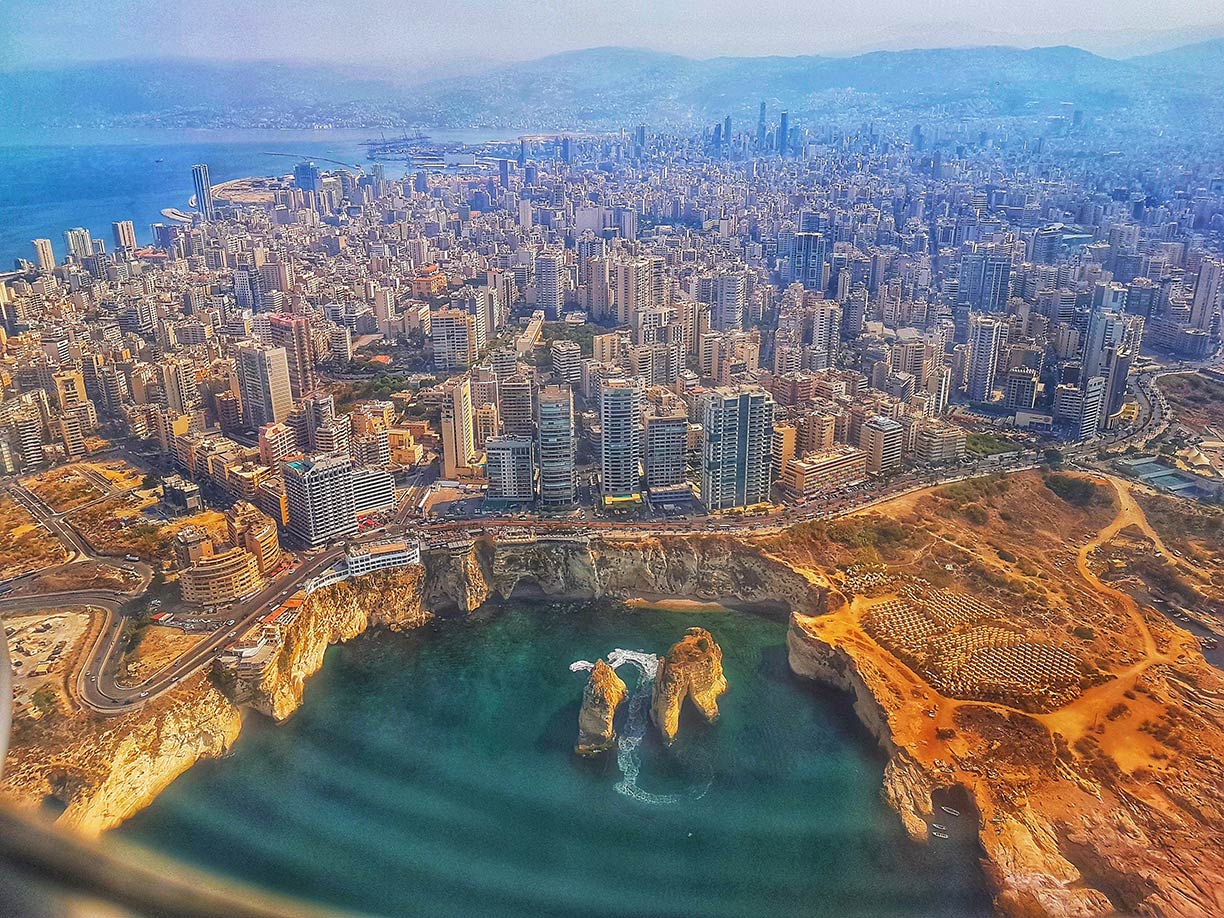If you’re planning a trip to this small yet incredibly diverse Middle Eastern country, you might be surprised at just how much it offers. Lebanon may be compact in size, but it holds a fascinating mix of ancient history, breathtaking natural beauty, and deeply rooted cultures that have intertwined for thousands of years.
One of the most convenient things about traveling through Lebanon is its scale. The country is small enough that you can comfortably stay in one city—most travelers choose Beirut—and explore almost everything else through day trips. That means you can experience Lebanon’s coastal towns, mountain monasteries, and archaeological treasures without having to constantly pack up and move.




